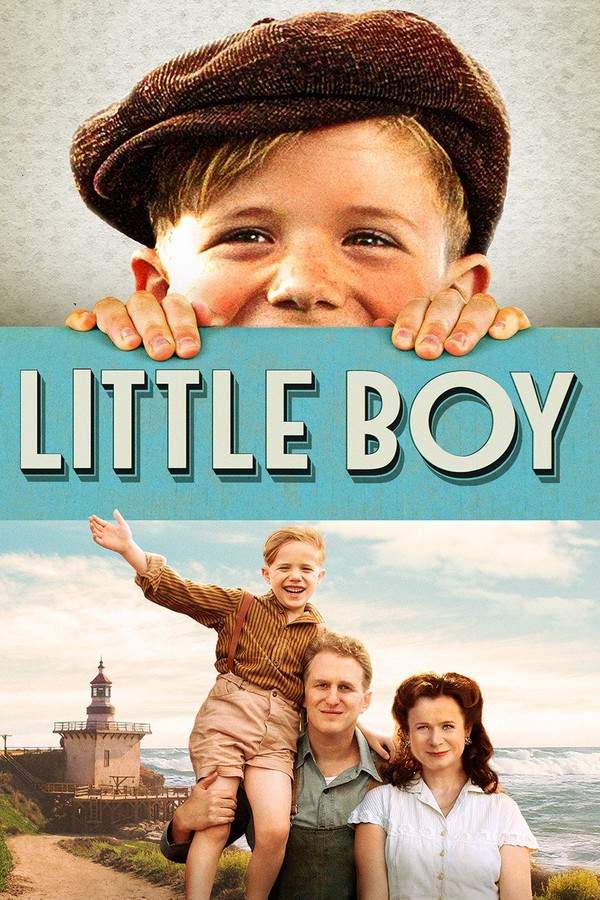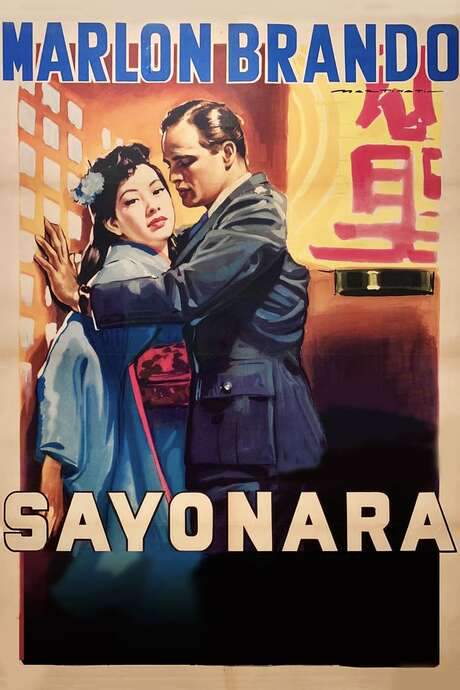
The Geisha Boy
Year: 1958
Runtime: 98 mins
Language: English
Director: Frank Tashlin
Gilbert Wooley, a modest, second-rate magician, is assigned to entertain American troops stationed in the Pacific during World War II. While performing in occupied Japan, he befriends a young orphan boy, forming a heartfelt bond that adds warmth and humor to the wartime setting.
Warning: spoilers below!
Haven’t seen The Geisha Boy yet? This summary contains major spoilers. Bookmark the page, watch the movie, and come back for the full breakdown. If you're ready, scroll on and relive the story!
The Geisha Boy (1958) – Full Plot Summary & Ending Explained
Read the complete plot breakdown of The Geisha Boy (1958), including all key story events, major twists, and the ending explained in detail. Discover what really happened—and what it all means.
[Jerry Lewis] as Gilbert “The Great” Wooley is a down-on-his-luck magician who is invited to entertain GIs on a USO tour in Japan. Even before his flight from Los Angeles has lifted off, he, along with his pet rabbit Harry, stumbles into a string of comic disasters that quickly earn the ire of Lola Livingston, Marie McDonald, the show’s headliner. As the troupe lands, he tries to make amends, but a cascade of mishaps continues to embarrass Lola: he tears up her dress, knocks her down the gangway, and then rolls her up in a red carpet to cover up her unintended attire. The moment is chaotic, humorous, and oddly touching, setting the tone for a romance of mistakes and backstage tension that threads through the entire adventure.
At the reception, an orphan named Mitsuo Watanabe, Robert Hirano, is there with his aunt Kimi Sikita, Nobu McCarthy, who works as an interpreter for the USO. Mitsuo’s heartbreak over his parents’ death stirs him to laughter for the first time in a long while when he witnesses Gilbert’s pratfalls and stagecraft. Kimi brings Mitsuo to Gilbert to thank him, and a genuine bond forms between the boy and the performer. The aunt’s boyfriend, Ichiyama, a Japanese baseball player, grows irritated by this developing closeness, and his pursuit of Wooley escalates into a comic chase that ends with Ichiyama tumbling into a bathhouse pool, flooding the street outside and threatening to provoke a disciplinary shakeup. The crisis is narrowly averted when the USO commander, Major Ridgley, Barton MacLane, must decide whether Wooley’s show can continue.
Sergeant Pearson, Suzanne Pleshette, who handles the USO liaison and has fallen for Gilbert, pleads Wooley’s case and convinces Ridgley to keep him on—but with a condition: he must perform for American troops on the Korean frontlines. The arrangement complicates things, because Pearson’s growing affection for Gilbert clashes with his budding friendship with Kimi. The trio—Gilbert, Mitsuo, and Mitsuo’s aunt—start to feel like a little makeshift family, and Wooley’s talent and charm begin to win over more of the local people and the troops alike, even as his failures as a troop entertainer threaten to derail the entire operation. The tension between duty, loyalty, and affection creates a warm, hectic rhythm to the voyage.
As time passes, Wooley’s reputation among the soldiers and the Sikitas deepens, but his ability to satisfy the mission’s requirements remains questionable. Ridgley ultimately orders a return to the United States, leaving Wooley torn between disappointments and a desire to protect Mitsuo’s feelings about his own worth. Gilbert attempts to slip away rather than face Mitsuo with the truth about his performance, hoping to spare the boy further disappointment. Mitsuo follows, and the magician is forced to pretend that he no longer cares for the child, a deception that breaks Mitsuo’s tender heart and brings tears to his eyes. Yet the boy stubbornly continues his dream by stowing away on the flight to America, seeking to stay by Gilbert’s side.
Once the pair land in the United States, they are briefly reunited, but the authorities suspect Mitsuo of being kidnapped, and the boy is sent back to Japan. Wooley, determined not to abandon Mitsuo again, follows suit by hiding in a specially marked trunk aboard the next flight. The trunk proves an impractical hideout, and when the plane lands, Wooley cannot extricate himself. The Sikitas—Kimi and her uncle or father figure in the story—must come to the rescue, freeing him from captivity and reinvigorating his resolve. In the end, rather than retreat from the world of performing, Wooley chooses to stay and pursue a new dream: becoming a successful magic performer in Japan, where the show—and his unusual family—can thrive.
The finale brings a quintessentially comic and heartwarming note: during a live performance, Harry the rabbit unexpectedly births a litter, prompting Gilbert to exclaim with a startled mix of disbelief and wit, “Hey, you’re not a Harry; you’re a Harriet!” The moment folds humor, sentiment, and a hint of irreverent magic into a closing beat that perfectly suits the film’s blend of whimsy and warmth. > Hey, you’re not a Harry; you’re a Harriet!
Last Updated: October 05, 2025 at 12:10
Unlock the Full Story of The Geisha Boy
Don't stop at just watching — explore The Geisha Boy in full detail. From the complete plot summary and scene-by-scene timeline to character breakdowns, thematic analysis, and a deep dive into the ending — every page helps you truly understand what The Geisha Boy is all about. Plus, discover what's next after the movie.
The Geisha Boy Timeline
Track the full timeline of The Geisha Boy with every major event arranged chronologically. Perfect for decoding non-linear storytelling, flashbacks, or parallel narratives with a clear scene-by-scene breakdown.

Similar Movies to The Geisha Boy
Discover movies like The Geisha Boy that share similar genres, themes, and storytelling elements. Whether you’re drawn to the atmosphere, character arcs, or plot structure, these curated recommendations will help you explore more films you’ll love.
Explore More About Movie The Geisha Boy
The Geisha Boy (1958) Scene-by-Scene Movie Timeline
The Geisha Boy (1958) Movie Characters, Themes & Settings
The Geisha Boy (1958) Spoiler-Free Summary & Key Flow
Movies Like The Geisha Boy – Similar Titles You’ll Enjoy
My Geisha (1962) Plot Summary & Ending Explained
The Teahouse of the August Moon (1956) Full Movie Breakdown
Little Boy (2015) Movie Recap & Themes
Tales of a Golden Geisha (1990) Ending Explained & Film Insights
No Dough Boys (1944) Full Movie Breakdown
Follow the Boys (1944) Plot Summary & Ending Explained
The Yoke’s on Me (1944) Detailed Story Recap
The Horizontal Lieutenant (1962) Spoiler-Packed Plot Recap
Sayonara (1957) Spoiler-Packed Plot Recap
Going Home (1944) Plot Summary & Ending Explained
Wake Me When It’s Over (1960) Detailed Story Recap
Escapade in Japan (1957) Detailed Story Recap
The Matinee Idol (1928) Full Movie Breakdown
Joe Butterfly (1957) Movie Recap & Themes
Tokyo Joe (1949) Full Summary & Key Details

















